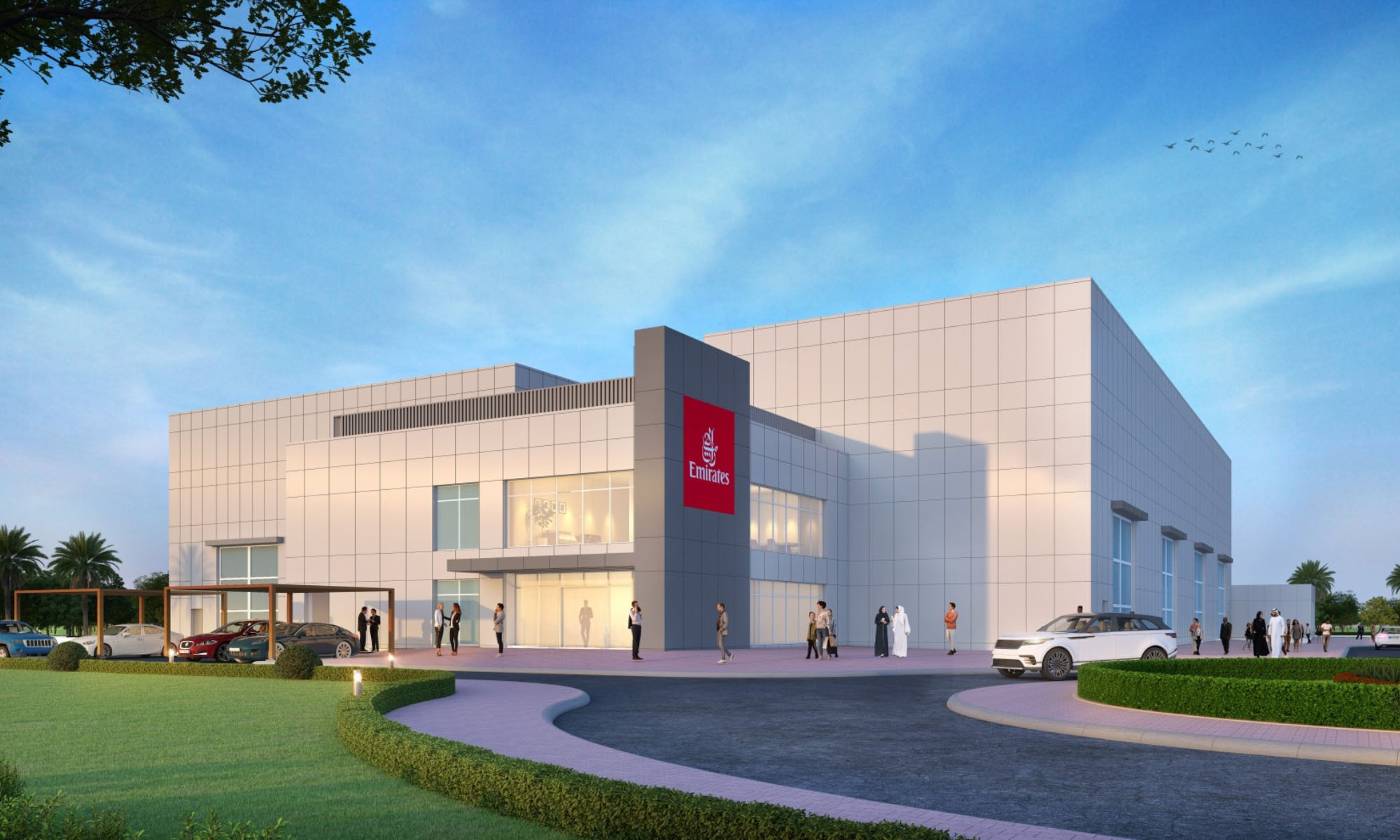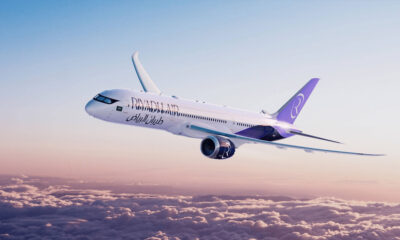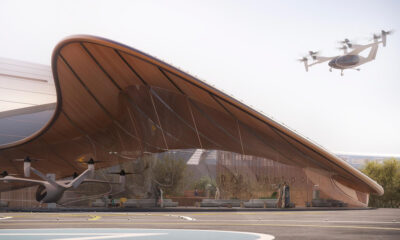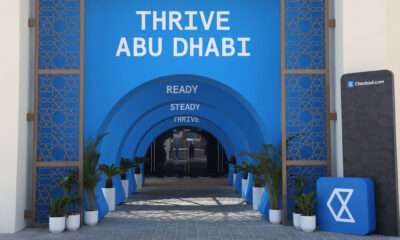News
Emirates Is Preparing To Build A $135 Million Pilot-Training Facility
The new center will have six full-flight simulator bays for the airline’s future Airbus A350 and Boeing 777X aircraft.

After the pandemic caused a global tourism slump, the travel sector is now well on the road to recovery. Strong demand for air travel means that key industry players are scrambling to hire fresh cabin staff and pilots. To tackle the problem, Emirates has just announced that it intends to build a new training facility, which will span 5,882 square meters and open in March 2024.
The new high-tech center will be equipped with six flight simulator bays and fully-customizable cockpit environments for the new Airbus A350 and Boeing 777X aircraft, also arriving in 2024.
Also Read: Saudi Arabia To Transform Downtown Riyadh By 2030
“The building will be equipped with the latest, technologically advanced simulators to provide the best training for pilots while using solar power to reduce energy consumption,” says Sheikh Ahmed bin Saeed Al Maktoum, Chairman and CEO of Emirates Airline and Group.
According to Emirates, flight training capacity will be increased by 54% annually with the addition of the new center, and the airline plans to hire 400 pilots and up to 6,000 cabin crew by mid-2023.
News
Influencer Growth Fuels Saudi Creator Economy Surge
The Kingdom’s creator economy grew over 32% in Q1 2025, fueled by TikTok, UGC, and cost-per-action (CPA) influencer models.

Saudi Arabia’s creator economy saw a significant 32.37% growth in the first quarter of 2025, driven by an uptick in influencer marketing, content-driven e-commerce, and the increasing influence of user-generated content (UGC). These insights come from a recent study by Admitad and the Stllr Network.
Much of this momentum is coming from video-based platforms, where brands are leaning on creators who feel more relatable than polished ad campaigns. The trend shows a clear preference for authenticity, as audiences gravitate toward content that feels real and personal.
Mohannad Alzahrani, Co-founder and VP KSA of Stllr Network, highlighted the shift: “The rise of user-generated content (UGC) is changing the way brands engage with consumers. Audiences trust real creators more than traditional advertising, making UGC a key driver of authenticity and sales”.
TikTok remains the dominant platform in this space, reportedly reaching 88% of the Saudi population. It also showed the sharpest rise in influencer-led transactions. Other platforms followed with solid, if less dramatic, growth: X was up 17%, Instagram increased by 12%, and Telegram by 10%.
In terms of content niches, beauty led the pack with a 56% growth rate, followed by lifestyle at 45.8% and fashion at 18.2%. Tech content also showed healthy traction at 10.6%, while entertainment, food, fitness, parenting, and gaming posted smaller — but still positive — gains.
Also Read: Top E-Commerce Websites In The Middle East In 2025
The report analyzed more than 300,000 influencer-driven purchases. These efforts translated into a 15% year-on-year jump in Gross Merchandise Value (GMV) and a 5% increase in the number of orders in 2024. Influencers themselves are seeing the benefit, with average order values hitting $54 and creator earnings rising by 14%.
A noticeable trend is the move away from fixed-rate deals. More influencers in Saudi Arabia are embracing hybrid compensation models — especially cost-per-action (CPA) setups that tie their earnings directly to performance.
As Anna Gidirim, CEO of Admitad, explains, “The CPA model brings much-needed transparency to influencer marketing. Brands only pay for actual results, and influencers benefit by securing long-term partnerships while offering their audiences exclusive promo codes and special discounts”.
However, the ecosystem still shows a gender imbalance. The data indicates that 63% of creators in Saudi Arabia are men, while women account for just 37%.
























